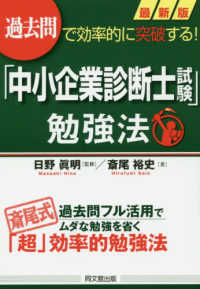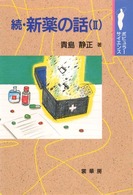Full Description
Royal Air Force Fighter Command's brief was to provide an effective aerial barrier to any attempt at domination of British skies. The aircraft and technical resources on hand between 1936 and WWII's initiation were thankfully improved to a level that was barely sufficient to withstand the hitherto unchallengeable Luftwaffe's advance across Western Europe. Between 1940 and 1942 the Command generally found itself on the back-foot in terms of overall success. The introduction of aircraft designs that would change the situation, however costly, in its ultimate favour, featured prominently from the mid-point of WWII. The Luftwaffe found itself being challenged and regularly bested 'round the clock'; by the advent of D-Day the Command's efforts had materially contributed to the Allied on-surge that had placed its adversary on a permanent downward spiral towards total extinction.
Contents
List of Abbreviations; Introduction; 1 `The Greatest Flying Club in the World'; 2 Belated Rearmament; 3 Phoney War: A Vital Respite? September 1939-April 1940; 4 Battle is Fully Joined; 5 Dunkirk: The Fortuitous `Miracle'; 6 Democracy at Bay: The Fight for Survival, June-August 1940; 7 From Crisis to Salvation; 8 Groping in the Dark; 9 Taking the Fight to the Enemy; 10 Advantage Jagdwaffe: The Fw 190 Menace; 11 Regaining the Initiative (June 1942 into 1943); 12 `The More Violent Storm'; 13 From Nocturnal Defence; 14 To Nocturnal Offence; 15 Towards D-Day; 16 D-Day and `Diver'; 17 `Final Pickings'; Appendix I: Order of Battle, 1 August 1940; Appendix II: Order of Battle, 6 June 1944; Bibliography.








